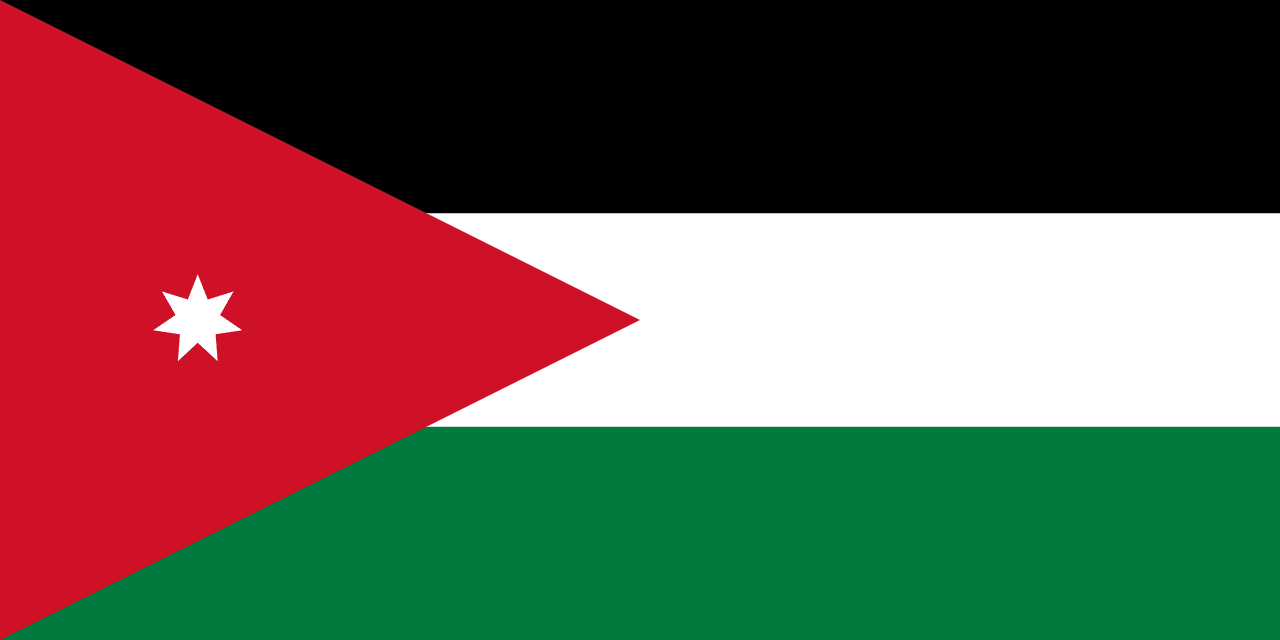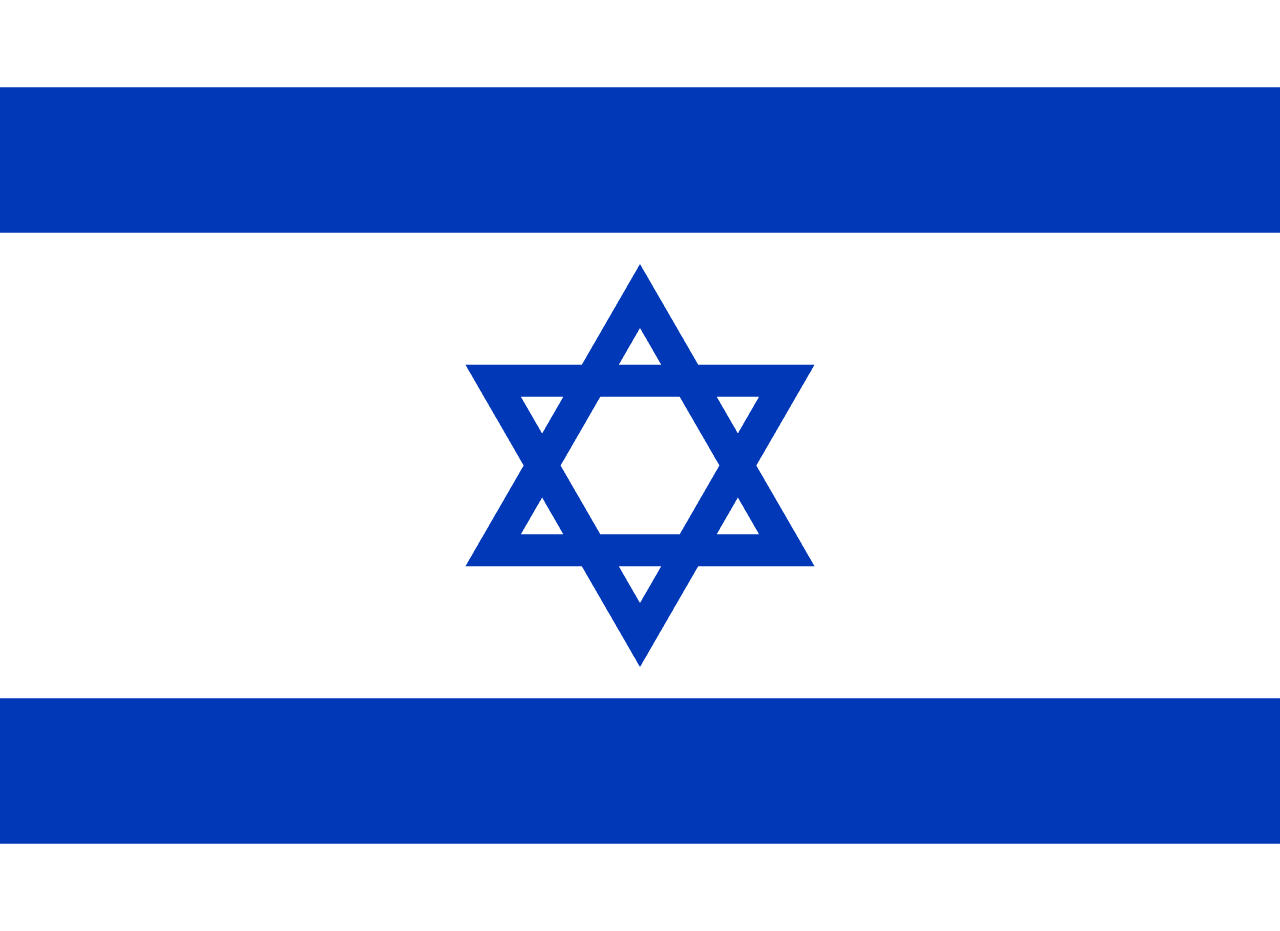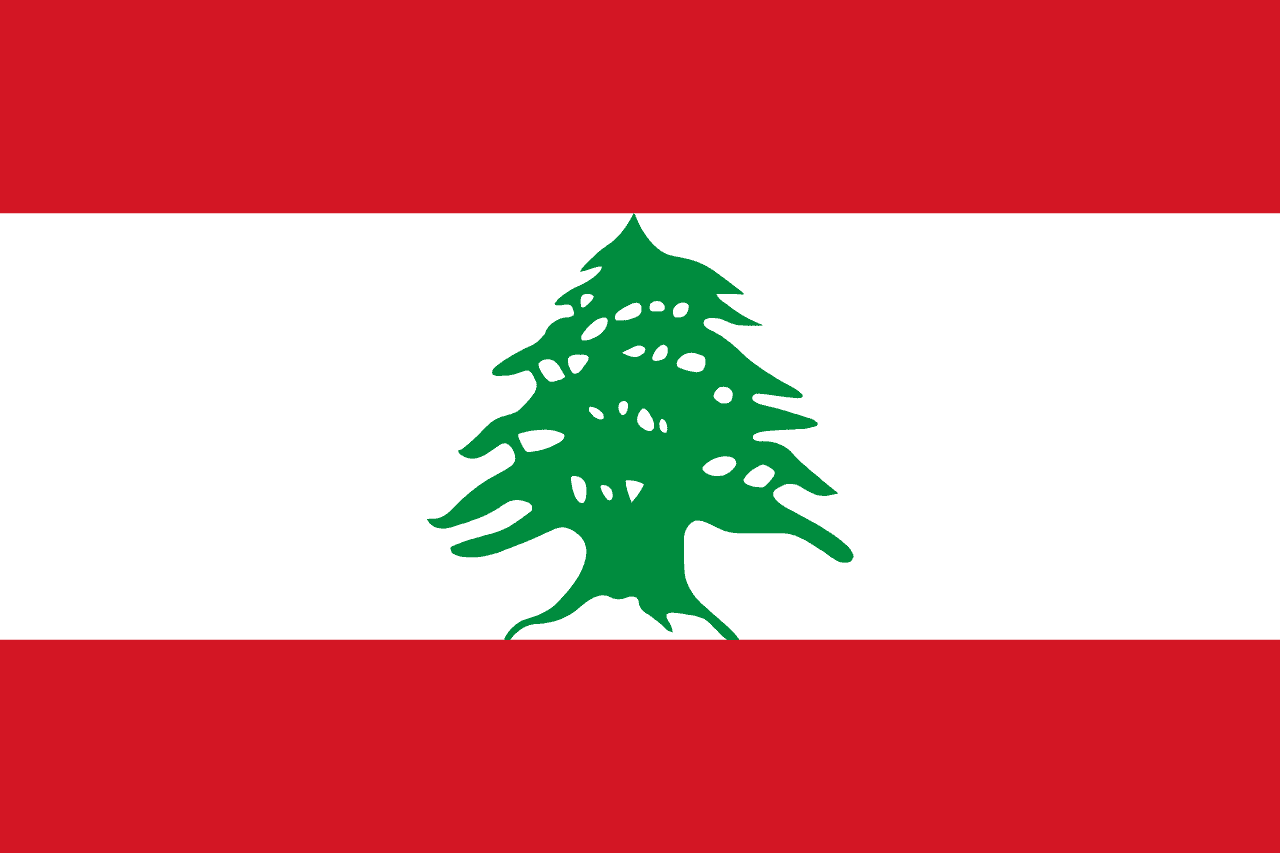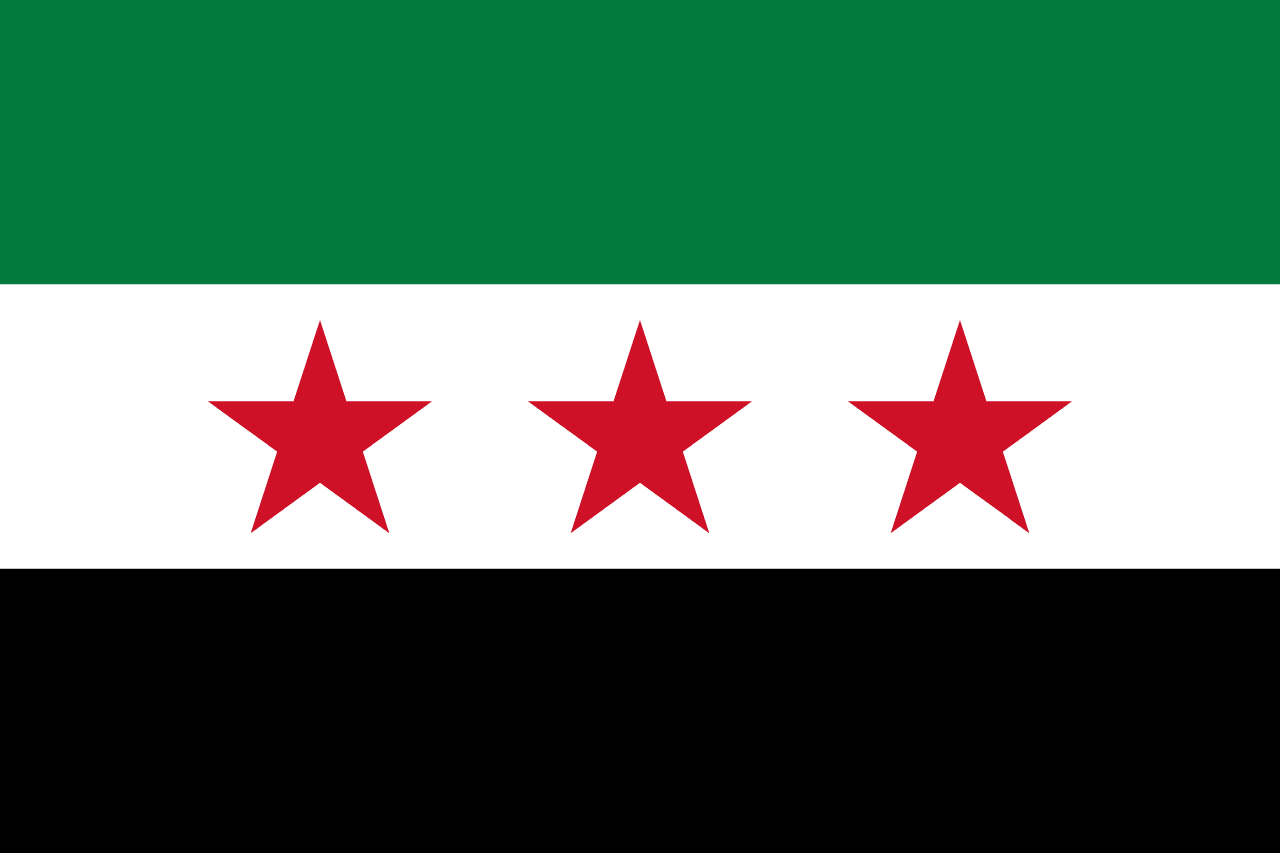Jordan Flag Meaning
Three horizontal stripes of black, white, and green with a red triangle on the hoist side containing a seven-pointed white star, representing the Arab Revolt heritage and the Hashemite Kingdom's role as guardian of Islamic holy sites.
- Continent
- Asia
- Adopted
- 1928
- Ratio
- 1:2
- Colors
- black, white, green, red

Symbolism
Black Stripe: Represents the Abbasid Caliphate and the fertile soil of Jordan, symbolizing the country's connection to Islamic history and its agricultural potential despite challenging desert environment.
White Stripe: Represents the Umayyad Caliphate and symbolizes peace, purity, and the noble intentions of the Hashemite Kingdom in promoting regional stability and harmony.
Green Stripe: Represents the Fatimid Caliphate and Islam itself, symbolizing the faith that unites the Jordanian people and the country's role as guardian of Islamic holy sites in Jerusalem.
Red Triangle: Represents the Hashemite dynasty and the Arab Revolt (1916-1918) against Ottoman rule, symbolizing the royal family's leadership in Arab independence and the blood shed for freedom.
Seven-Pointed Star: Represents the seven verses of Al-Fatiha, the opening chapter of the Quran, symbolizing faith, unity, and the Islamic principles that guide the Hashemite Kingdom of Jordan.
History
- 1916-1918: The Arab Revolt against Ottoman rule established the Pan-Arab colors and Hashemite symbols that would later form the basis of Jordan's flag design and national identity.
- April 11, 1921: The Emirate of Transjordan was established under Emir Abdullah I, beginning Hashemite rule and the development of Jordanian national symbols and institutions.
- April 16, 1928: The current flag was officially adopted by the Emirate of Transjordan, incorporating the Arab Revolt colors with the distinctive seven-pointed star representing Islamic faith.
- May 25, 1946: Jordan gained independence from Britain and became the Hashemite Kingdom of Jordan under King Abdullah I, with the flag representing the sovereign constitutional monarchy.
- 1948-1967: Jordan controlled the West Bank and East Jerusalem, with the flag representing the kingdom's role as guardian of Islamic holy sites and protector of Palestinian refugees.
- June 1967: After the Six-Day War, Jordan lost the West Bank to Israel but maintained its custodianship claims over Islamic holy sites in Jerusalem, reflected in the flag's religious symbolism.
- October 26, 1994: Jordan signed a peace treaty with Israel, with the flag representing the kingdom's commitment to regional peace while maintaining its Islamic and Arab identity.
Trivia
- Jordan's flag is based on the flag of the Arab Revolt led by Sharif Hussein of Mecca, making it one of the oldest Pan-Arab flag designs still in use.
- The seven-pointed star is unique among Arab flags, distinguishing Jordan's flag from other Pan-Arab designs and emphasizing its specific Islamic symbolism.
- Jordan serves as the custodian of Islamic and Christian holy sites in Jerusalem, a role represented by the flag's Islamic symbolism and peaceful intentions.
- The flag represents a country that hosts more refugees per capita than almost any other nation, including Palestinians, Syrians, and Iraqis seeking safety.
- Petra, Jordan's ancient city carved into red sandstone cliffs, is a UNESCO World Heritage site and one of the New Seven Wonders of the World.
- The Dead Sea, the lowest point on Earth at 430 meters below sea level, lies on Jordan's western border, though this geographic feature isn't directly represented on the flag.
- Jordan has virtually no oil resources, making the flag represent a nation that has achieved stability and prosperity through strategic location and wise governance rather than natural wealth.
- The flag appears on Jordanian dinar banknotes alongside images of King Abdullah II and historical sites, connecting modern Jordan to its royal and archaeological heritage.
- Jordan's constitutional monarchy has provided remarkable stability in a turbulent region, with the flag representing continuity through multiple regional conflicts and crises.
- The flag represents a country where the King can trace his lineage directly to the Prophet Muhammad through the Hashemite dynasty, emphasizing the religious significance of royal rule.
- Amman, Jordan's capital, has grown from a small town to a major regional hub, with the flag flying over a city that hosts numerous international organizations and conferences.
- The flag appears prominently during the annual Jerash Festival, celebrating Jordan's rich cultural heritage that spans from ancient Roman ruins to modern Arab traditions.
- Jordan plays a crucial role in regional peace efforts, with the flag appearing at numerous Middle East peace conferences and diplomatic initiatives.
- The flag represents a country known for its hospitality and welcoming of visitors, with tourism to sites like Wadi Rum desert and Aqaba's Red Sea coast being major economic contributors.
- King Hussein, who ruled for 46 years until 1999, made the flag a symbol of moderation and stability in Middle Eastern politics, a legacy continued by his son King Abdullah II.
Related Countries

Israel
Asia
A white field with two horizontal blue stripes near the top and bottom edges and a blue Star of David (Magen David) in the center, based on the design of the traditional Jewish prayer shawl (tallit) and representing Jewish heritage and the modern State of Israel.

Lebanon
Asia
Two horizontal red stripes separated by a white stripe twice their width, with a green cedar tree centered on the white stripe, representing the strength, purity, and eternal heritage of the 'Land of the Cedars.'

Syria
Asia
Three horizontal stripes of red, white, and black with two green five-pointed stars on the white stripe, representing the Pan-Arab colors of liberation struggles, the Hashemite flag heritage, and the Ba'ath Party's Arab socialist ideology that has governed Syria since 1963.

Cyprus
Europe
A white field with a copper-colored silhouette of the island of Cyprus and two green olive branches below, representing peace, the island's geographic identity, and its ancient association with copper mining and olive cultivation.

Egypt
Africa
Three horizontal stripes of red, white, and black with the golden Eagle of Saladin centered on the white stripe, representing the struggle for freedom, purity and bright future, the dark past of oppression, and the strength of the Arab Republic of Egypt.

Iraq
Asia
Three horizontal stripes of red, white, and black (Pan-Arab colors) with 'Allahu Akbar' (God is Greatest) written in green Arabic Kufic script across the white stripe, representing Arab unity, Islamic faith, and Iraqi sovereignty.